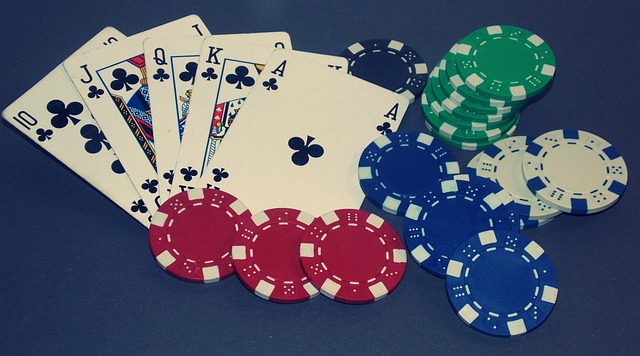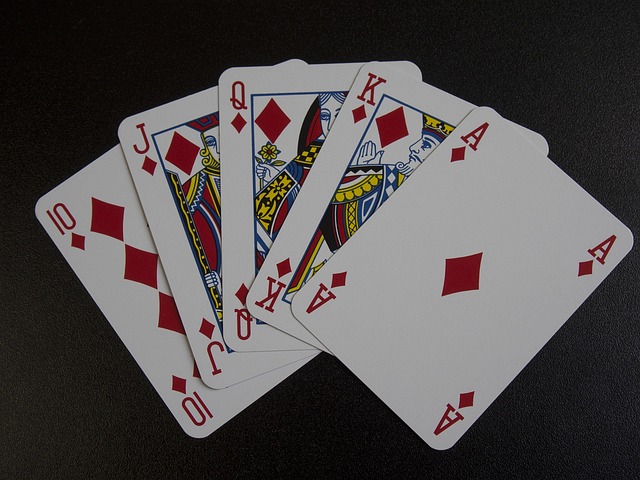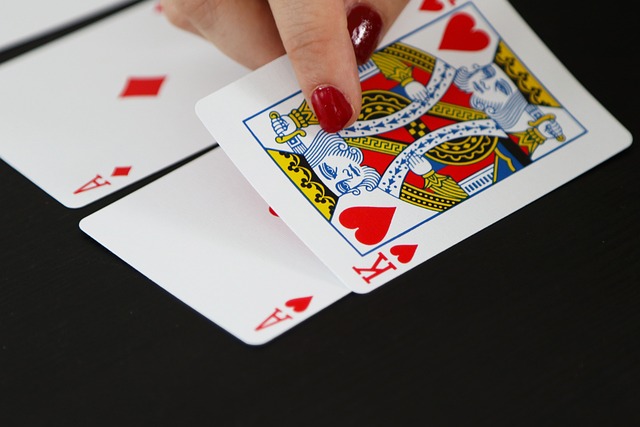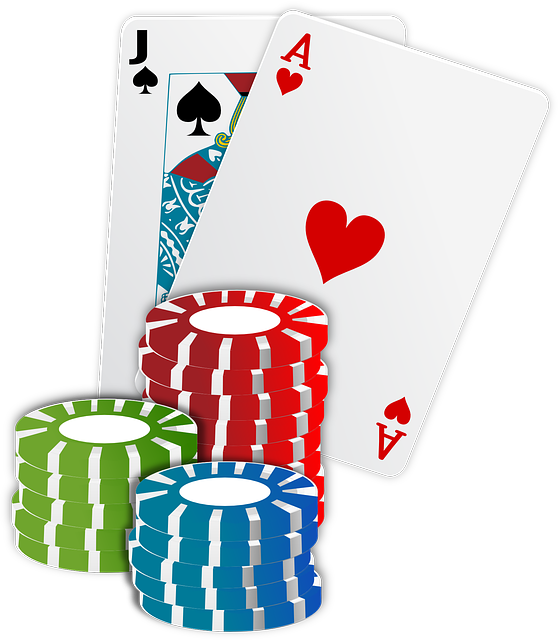Poker is a game of skill, strategy, and luck where players aim to win more chips by forming the best 5-card hand according to rankings. It involves understanding hand hierarchies, mastering odds, bluffing, folding, and navigating the blind system. Popular variants include Texas Hold'em, Omaha, Seven-Card Stud, and Draw Poker, each offering unique challenges. To master poker, balance evaluating your cards with observing opponents, making decisions based on probability, and calculated risk-taking.
Poker is a captivating game that blends skill, strategy, and psychology. To master it, you must first understand the basics: from variations like Texas Hold’em, Omaha, and Stud, to the core goal—outwit opponents by besting your five-card hand or through cunning bluffs. This guide will walk you through a comprehensive journey on how to play poker successfully.
We’ll explore crucial strategies, from hand rankings and position plays to bankroll management and reading tells. Delve into advanced techniques like bluffing, semi-bluffing, and adapting to various playing styles. Discover the power of data with statistics and software tools for informed decision-making.
- Understanding the Basics of Poker
- – Definition and popular variations (Texas Hold'em, Omaha, Stud)
- – Objective of the game: win by having the best 5-card hand or bluffing opponents into folding
Understanding the Basics of Poker

Poker is a game that combines skill, strategy, and a bit of luck. Before diving into advanced tactics, understanding the fundamentals is crucial. The objective is simple: win more chips than your opponents by forming the best possible hand according to poker’s ranking system. Each player is dealt cards, either face-up or face-down, depending on the game variant, and then must use a combination of these cards along with community cards (shared by all) to create their best five-card hand.
Knowing the hierarchy of poker hands is essential; from High Card to Royal Flush, each has specific requirements that players aim to achieve. The blind system adds an element of strategy, where players must bet before seeing their cards, encouraging aggressive play and providing a constant flow of chips in the pot. How to play poker effectively involves mastering these basics, understanding odds, and learning when to bluff or fold based on hand strength and table dynamics.
– Definition and popular variations (Texas Hold'em, Omaha, Stud)

Poker is a captivating card game that has captivated players worldwide for centuries. At its core, poker involves skill, strategy, and a bit of psychology. The objective is to win bets by forming the best possible hand according to the game’s rules. There are numerous ways to play poker, each with its unique twists and variations, but the two most popular are Texas Hold’em and Omaha.
Texas Hold’em is arguably the most well-known and widely played variant. Players are dealt two private cards, known as hole cards, and then use these along with five community cards dealt face up on the table to form their best hand. Omaha, on the other hand, deals each player four hole cards, from which they must make a winning hand using exactly two of them in combination with three of the five community cards. Other popular poker variants include Seven-Card Stud, where players receive seven cards, and Draw Poker, where players can improve their hands by drawing new cards. Each variation offers distinct challenges, strategies, and nuances that contribute to the diverse world of how to play poker.
– Objective of the game: win by having the best 5-card hand or bluffing opponents into folding

Poker is a game of skill, strategy, and psychological intrigue, where players aim to win by either possessing the highest-ranked 5-card hand or convincing their opponents to fold their hands. The objective is to outsmart your competitors, whether through mastering the art of reading hands or employing cunning bluffs.
Understanding how to play poker involves grasping the hierarchy of poker hands and learning when to hold ’em, fold, raise, or check. It’s a delicate balance between evaluating your own cards and observing your opponents’ actions, allowing you to make informed decisions based on probability and intuition. This strategic approach is what separates the winning players from the rest at the poker table.
Poker is a captivating game that blends skill, strategy, and psychology. By grasping the fundamentals outlined in this guide on how to play poker, from understanding variations to mastering bluffing techniques, you’ll be well-equipped to navigate the table with confidence. Whether you’re a novice or looking to sharpen your skills, remember that practice and perseverance are key to becoming a winning poker player.






